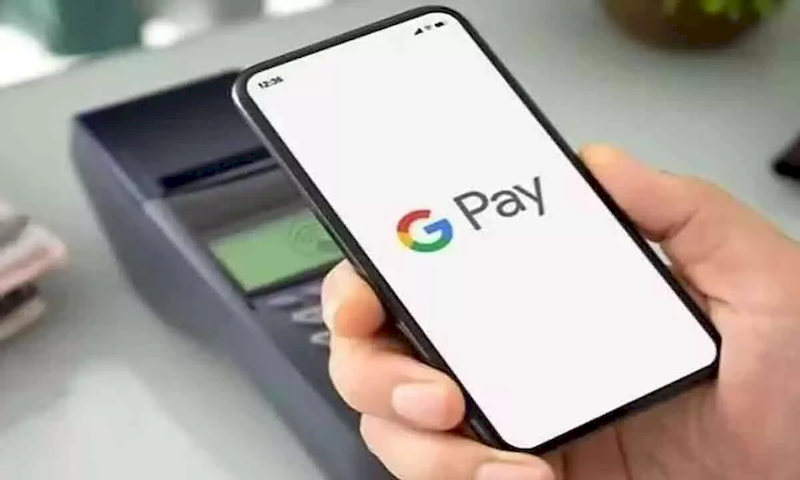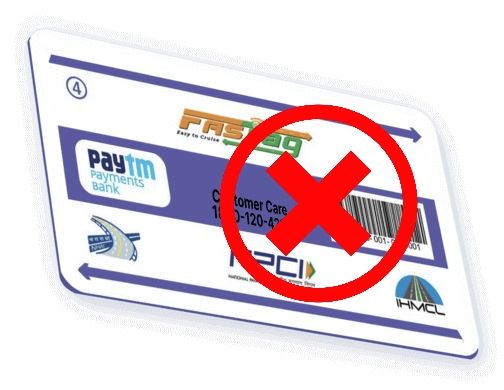In a move that could reshape the landscape of digital transactions, Google Pay Convenience Fees have reportedly begun applying to bill payments made using credit and debit cards. This development marks a shift in the platform’s fee structure and aligns it with other major players in the Unified Payments Interface (UPI) ecosystem. This article breaks down the changes, their impact, and what it means for Google Pay users.
The Shift in Strategy:
Previously, Google Pay primarily charged a service fee of Rs. 3 for mobile recharges. However, the latest reports indicate that the platform is now extending convenience fees to a broader range of utility bill payments, including electricity, piped gas, and water, when processed through credit or debit cards. This fee, labeled as a “processing fee,” ranges from 0.5% to 1% of the transaction value, in addition to the applicable Goods and Services Tax (GST).
Google Pay’s decision to implement these fees follows a similar pattern adopted by other prominent UPI platforms like Paytm and PhonePe. While Paytm employs a variable fee structure ranging from Rs. 1 to Rs. 40, PhonePe charges a similar percentage-based fee as Google Pay for card-based bill payments. This convergence suggests a growing trend within the industry to monetize card transactions for utility payments.
The Rationale Behind the Fees:
Industry analysis, such as the PWC report, suggests that UPI platforms incur a processing fee of approximately 0.25% of the transaction value for peer-to-merchant (P2M) transactions. Previously, Google Pay absorbed this cost. However, with the introduction of convenience fees for card payments, the platform is now passing this cost, and potentially a margin, onto the user. It’s important to note that this fee only applies to payments made via credit and debit cards; UPI payments linked directly to bank accounts remain unaffected for bill payments. However, mobile recharges via UPI have their own fee structure, as detailed below.
This change means that Google Pay users will now incur an additional cost when paying utility bills using credit or debit cards. The 0.5% to 1% fee, plus GST, can add up, especially for larger bill amounts. This could potentially drive users towards alternative payment methods, such as UPI linked to bank accounts, or even traditional offline payment channels.
Mobile Recharge Fee Structure:
While UPI-linked bank accounts are free for bill payments, mobile recharges on Google Pay have a separate fee structure:
- No fee: Recharges below ₹100
- ₹1.9 (inclusive of GST): Flat platform fee for recharges above ₹100
The Bigger Picture:
The introduction of convenience fees by Google Pay reflects a broader trend of digital payment platforms seeking to monetize their services. As the digital payments landscape evolves, users need to be aware of these charges and factor them into their payment decisions. The move also highlights the growing importance of UPI as a cost-effective alternative for digital transactions, especially for utility bill payments.
Conclusion:
Google Pay’s decision to levy convenience fees on credit and debit card bill payments marks a significant change for its users. While the platform emphasizes that UPI payments from bank accounts remain free for bill payments, the added cost for card transactions could influence user behavior. It remains to be seen how this change will impact Google Pay’s market share and the broader adoption of digital payment methods in India.





